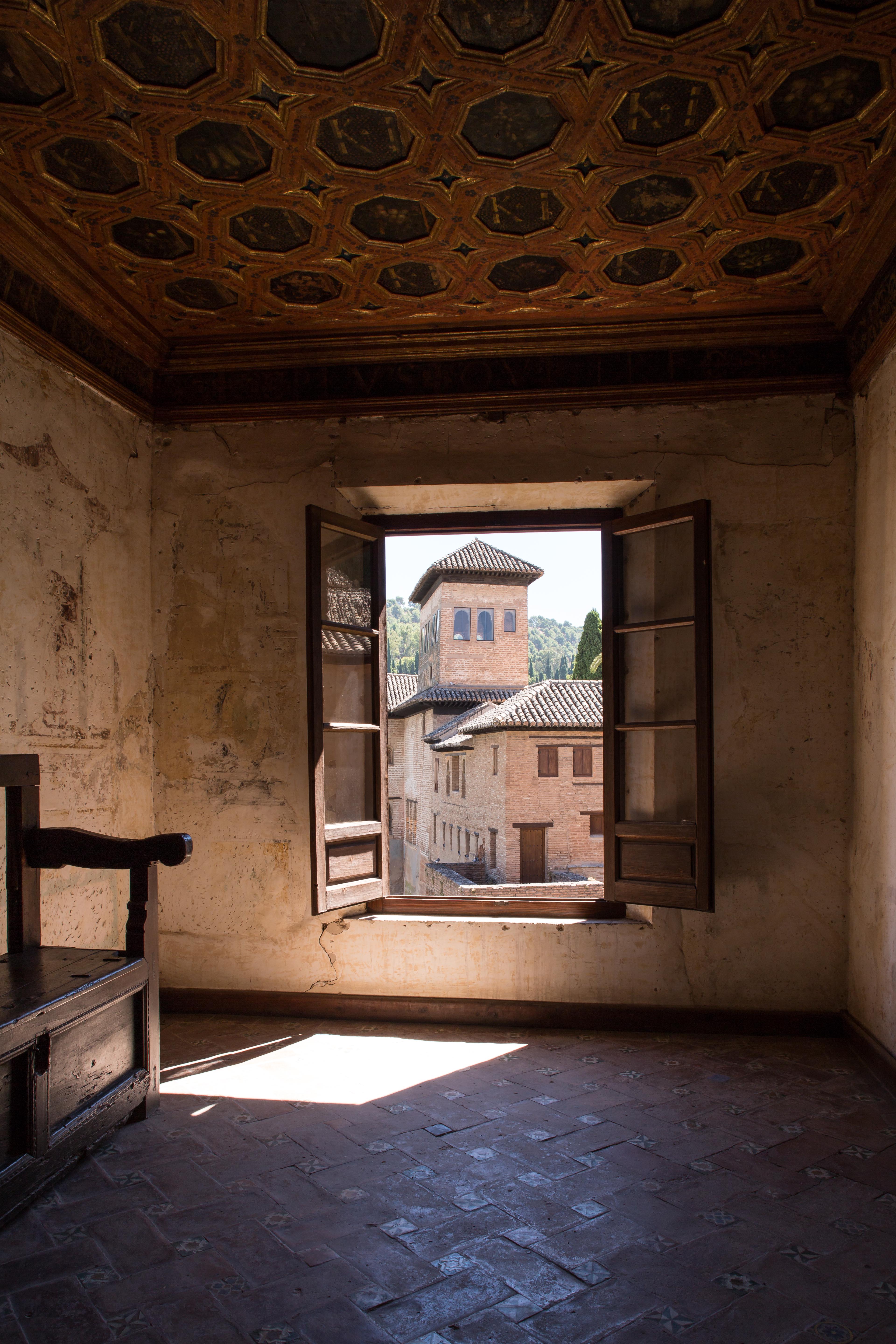 BACK
BACK
King Charles V’ s Chambers
His visit to the Alhambra impressed him so much that he decided to build an “imperial suite” near the Moorish palaces
 Make your selection to discover more places
Make your selection to discover more places
On the eve of his departure from Flanders in 1517 to take possession of the throne, Emperor Charles V gave orders to “take measures to set up proper chambers for his royal majesty and his court…in a way that would be easy and not cause too much trouble in so doing…”.
In June, 1526, the Emperor arrived in Granada with his wife, Isabel of Portugal, staying in the Alhambra. Extremely impressed by what they saw, the royal guests decided to establish their Imperial headquarters and build their dynastic pantheon there.
Thus, in 1528 six “new rooms”, comprising an “imperial suite”, were ordered built on the Muslim palatial grounds, with a corridor leading to the rooms, on the left of which was the Bath of Comares (Baño de Comares), transformed ever since into an entranceway.
Behind the corridor lies the Emperor’s office, with a chimney and coffered ceiling designed by Pedro Machuca in 1532.
Over the door is a stone plaque, which was placed there in 1914 by the Council of the Alhambra in honour of the American man of letters, Washington Irving, author of The Tales of the Alhambra, who in 1829 lodged in the adjoining rooms, known as the “Halls of Fruit” (Sala de Frutas), in reference to the ceiling decoration that was done by Julio Aquiles and Alejandro Mayner, disciples of Rafael de Sancio and Giovanni de Udine.
It has been said since the seventeenth century that “in this chamber Emperor Charles begot and his wife Empress Isabel conceived the most wise King Philip II.”
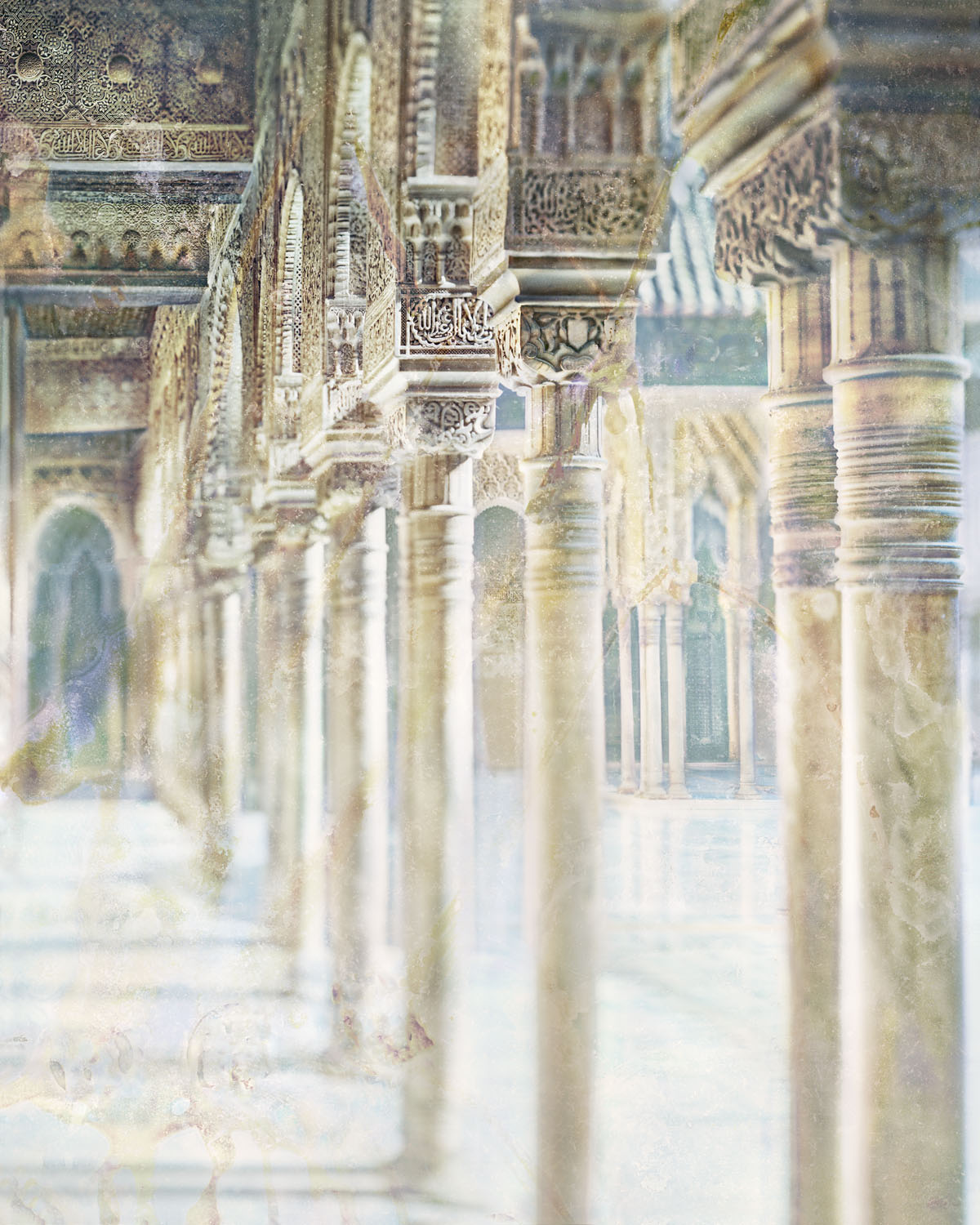
La Alhambra, a look from Fernando Manso
MORE INFORMATION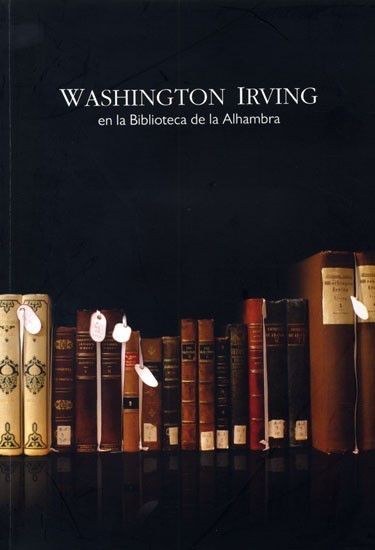
WASHINGTON IRVING AND THE ALHAMBRA
MORE INFORMATION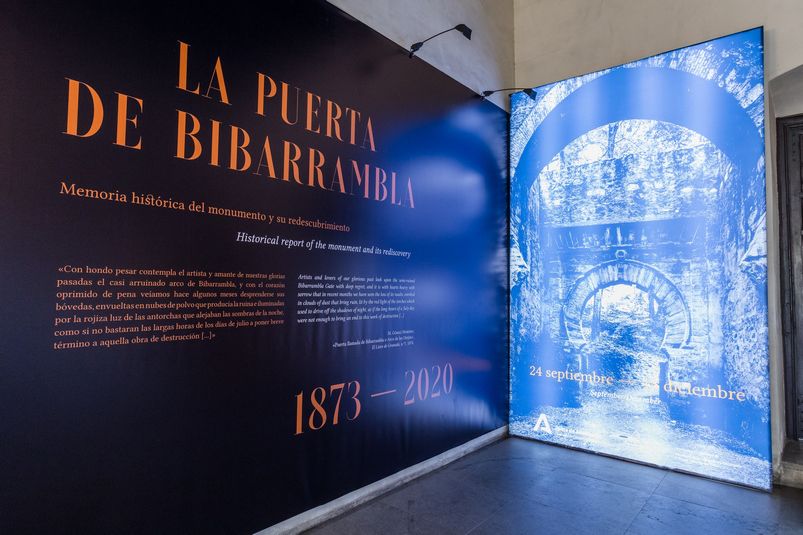
THE GATE OF BIBARRAMBLA. Historical report of the monument and its rediscovery
MORE INFORMATIONTHE EMPEROR´S CHAMBERS
MORE INFORMATION
The Council of Alhambra and Generalife will refund automatically the full amount of the bookings
MORE INFORMATION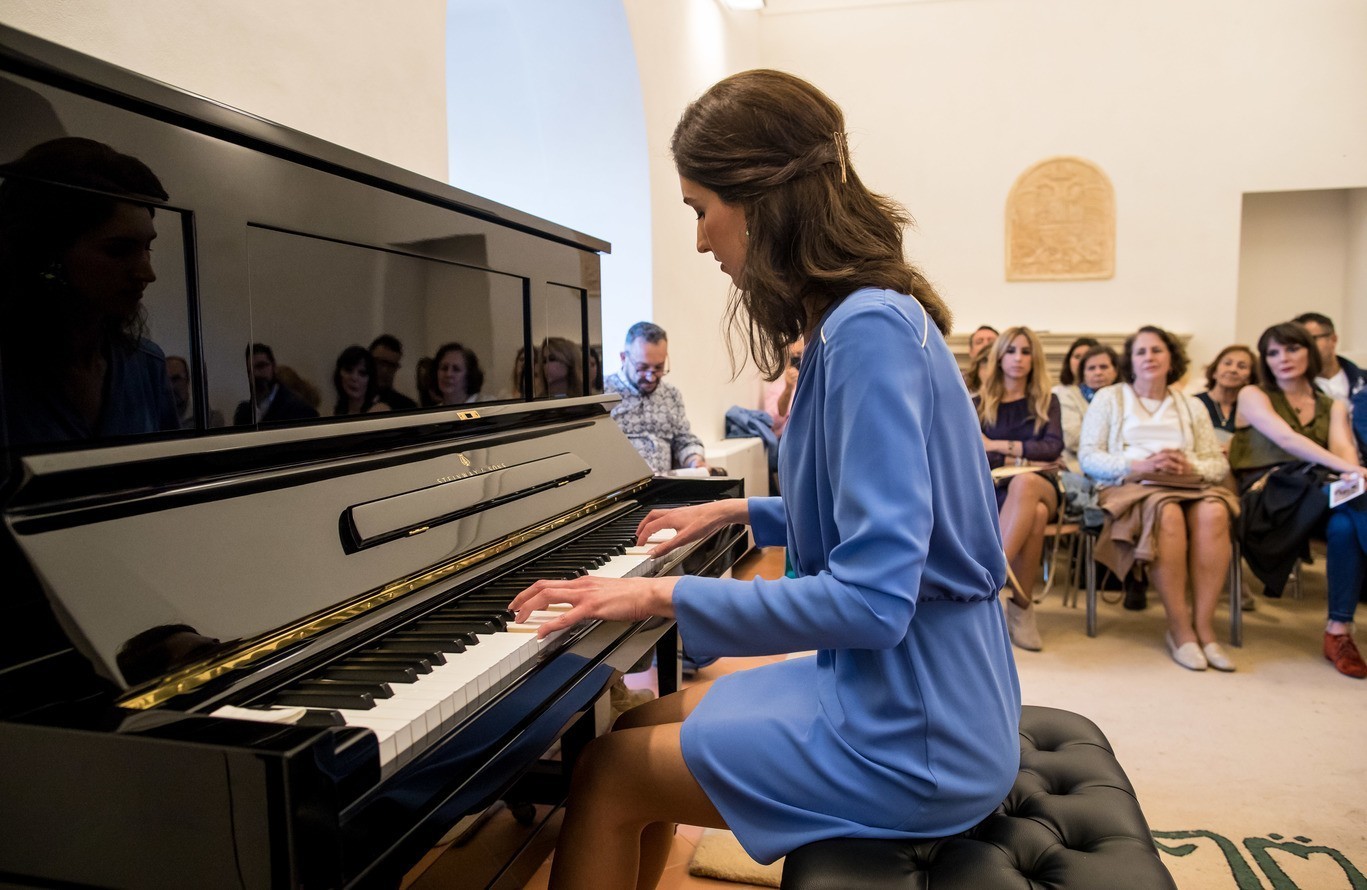





 Contact
Contact






